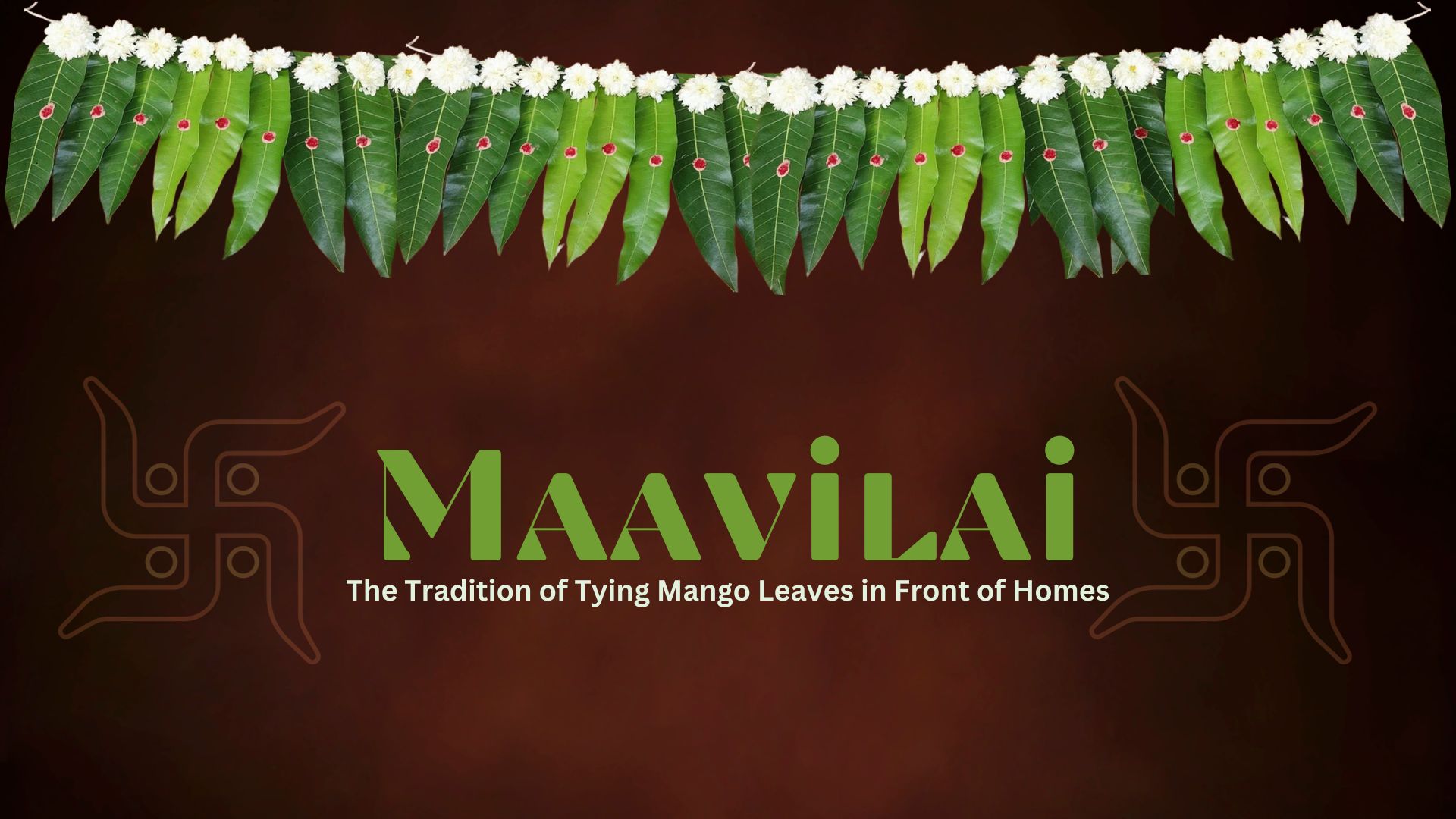
Introduction:
In various regions across India and some parts of Southeast Asia, it is a common sight to see mango leaves, known locally as "Mavilai thoranam," tied in front of homes. This age-old tradition is not merely an aesthetic choice but is deeply rooted in cultural significance and symbolism. The practice of tying mango leaves holds diverse meanings across different communities, reflecting a rich tapestry of traditions and beliefs.
Cultural Significance:
Mango leaves have been an integral part of Indian culture for centuries. In Hindu mythology, the mango tree is considered sacred, believed to be the abode of the goddess Saraswati. The leaves are often associated with auspicious occasions and are used in religious ceremonies and rituals. Tying mango leaves in front of homes is thought to invite positive energy and blessings into the household.
Auspicious Beginnings:
One of the most common reasons for tying mango leaves in front of homes is to mark the beginning of a new venture or celebration. Whether it's a wedding, a housewarming ceremony, or a festival, the presence of mango leaves signifies the commencement of something positive and auspicious. It is believed that the leaves ward off evil forces and create a protective aura around the dwelling.
Symbolism of Prosperity:
The lush green color of mango leaves is symbolic of growth, vitality, and prosperity. By adorning homes with these leaves, people express their desire for abundance and well-being. The tradition is a way of invoking the blessings of nature and the divine for a flourishing and prosperous life.
Connection to Nature:
Tying mango leaves is also a way of acknowledging the importance of nature in our lives. The practice promotes an ecological consciousness, reminding individuals of their connection to the environment. In a world where urbanization often leads to a detachment from nature, the tradition serves as a gentle reminder to respect and appreciate the natural world.
Regional Variations:
While the general symbolism of tying mango leaves remains consistent, there are regional variations in the way this tradition is practiced. In some areas, mango leaves may be tied with specific knots or accompanied by other symbolic elements. The variations highlight the diverse cultural landscape of the regions where the tradition is observed.
Preserving Heritage:
As societies evolve and modernize, traditional practices risk fading away. Tying mango leaves in front of homes is a practice that has endured through generations, serving as a link between the past and the present. It is a tangible expression of cultural heritage, fostering a sense of continuity and identity.
Conclusion:
The tradition of tying mango leaves in front of homes is a beautiful and meaningful practice that encapsulates the essence of cultural richness, spirituality, and a harmonious connection with nature. As we continue to navigate the complexities of the modern world, these age-old traditions serve as anchors, reminding us of the profound significance embedded in the simplest yet most profound aspects of our cultural heritage.
NEXT ARTICLE